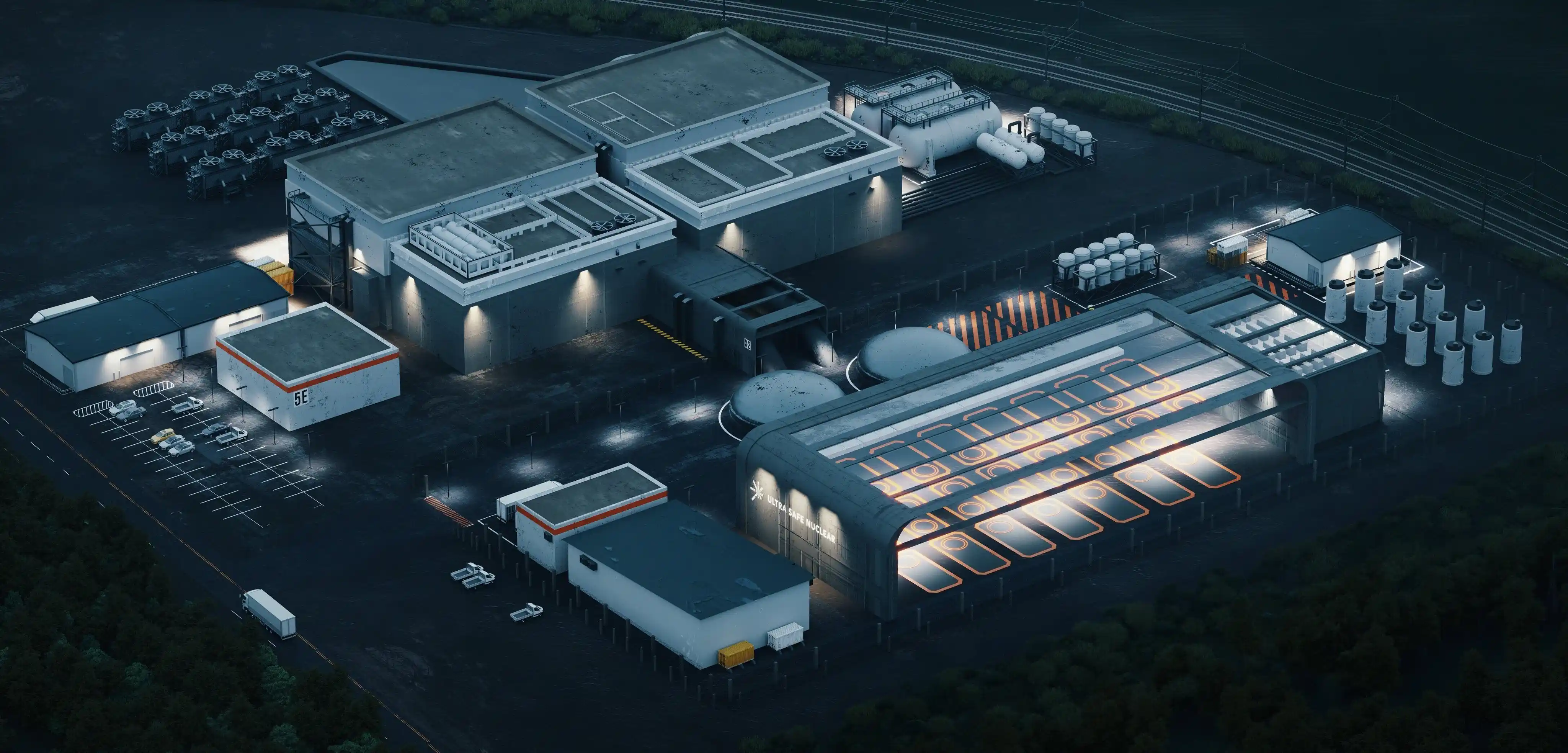
Abandon Grid!
· 8 min read
Renegade power users: ditching a crumbling energy system
Look at your electricity bill. It's way higher than the Levelized Cost of Energy (LCOE) you see on Lazard, EIA, or elsewhere. The obvious reason is price versus cost - the utilities and hardware vendors need profits. Fine, but there's more, and it should make us consider abandoning the large centralized grid system altogether. Here's an example from my last bill. The cost of of the electricity is less than half of the bill!